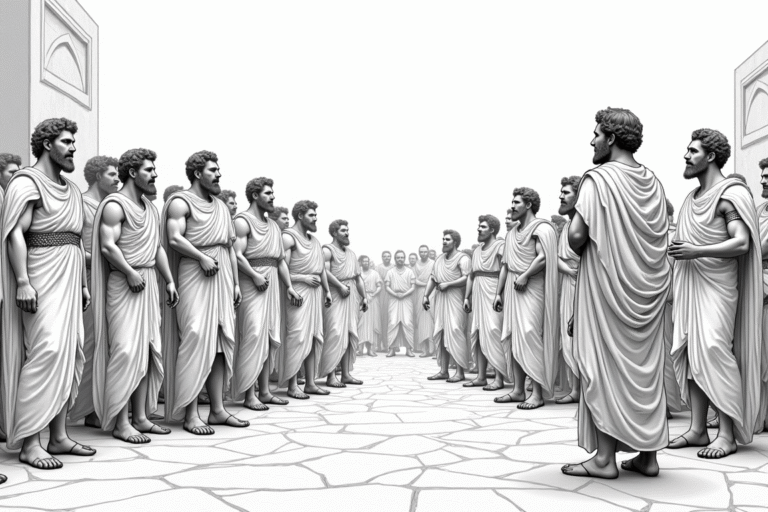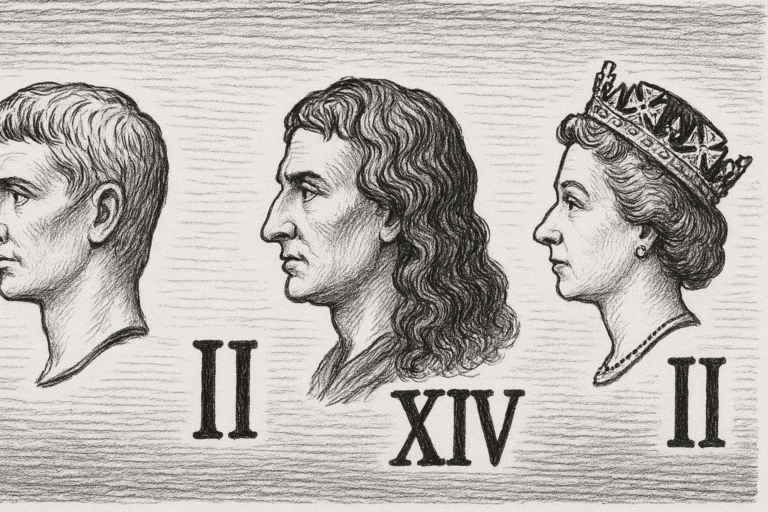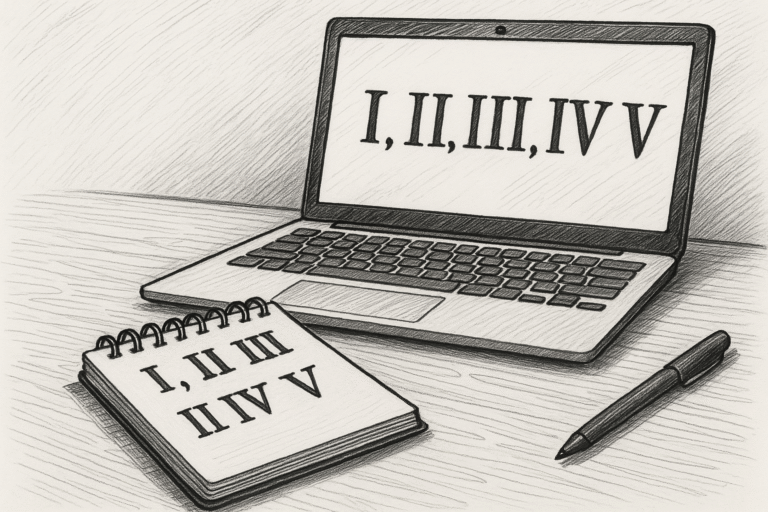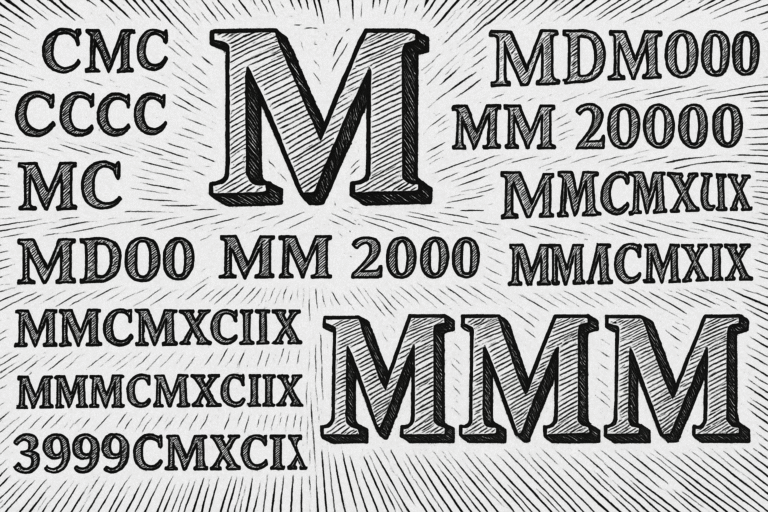What Were the Strangest Laws of Ancient Rome? A Fascinating Look into Roman Legal Oddities
The Roman Empire, from its legendary founding in CCLIII BC (753 BCE) to the fall of the Western Empire in CDLXXVI (476 CE), was a civilization renowned for its sophisticated legal system, which influenced modern law. However, among the well-known Twelve Tables and imperial decrees, Rome also had peculiar laws that seem bizarre by today’s…









